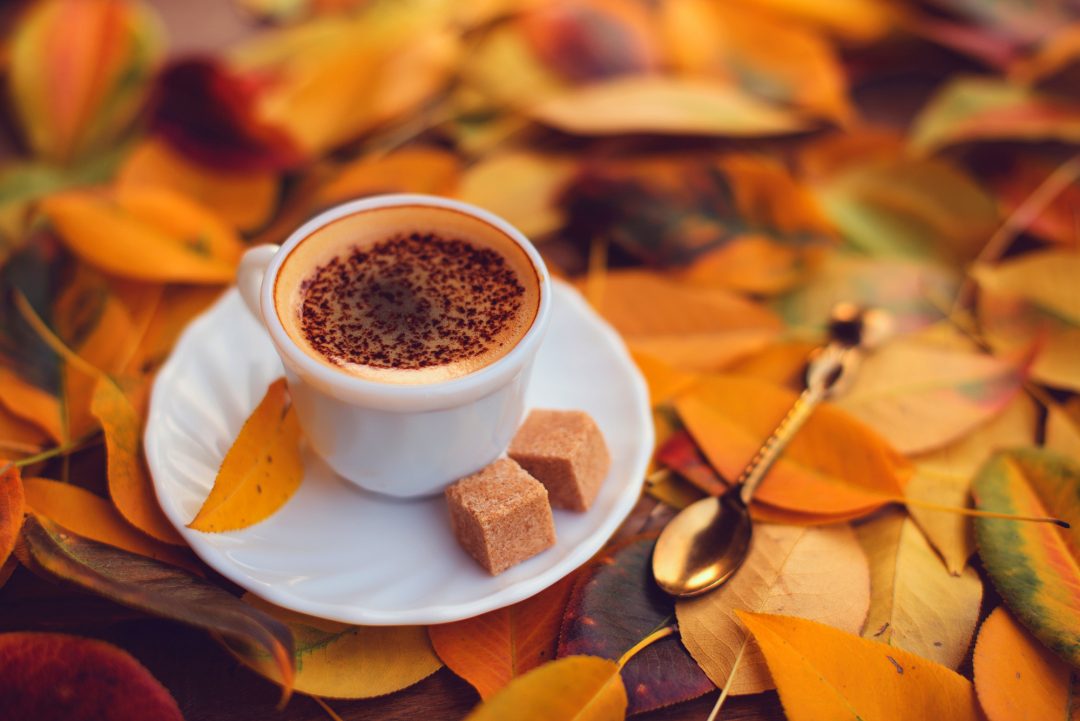Breakfast for tea champions
- The popular English breakfast tea is a blend of various black teas
- Most start with a base of Assam CTC to which complementary black teas are added
Like any good classic, the origins of the popular English Breakfast tea include dubious legends. The story goes that in 1843, an American dealer concocted a blend with a few Chinese black teas and dubbed it the English Breakfast tea, in a clever if far-fetched juxtaposition to the strong and sweet tea drunk in England at the time. According to a second—likelier—story, the tea’s origins are Scottish, dating back to the 1890s, when a Scotsman added the newer Assam and Ceylons to the standard Chinese Keemun. Chinese tea may have been in short supply, so this must have been a case of necessity being the mother of invention. And what set it off on the path to ubiquity was Queen Victoria’s stamp of approval.
Variations of the English Breakfast followed quickly. The Irish Breakfast tea takes the base of the English Breakfast but uses more Assam tea and needs milk and sugar to make it enjoyable. The Scottish Breakfast is a far stronger blend, made with a variety of black teas.
As these teas became popular, every tea brand worth its name began to produce its own blend, each protecting the recipe for it. Breakfast teas are now a genre unto themselves, and connote bold, strong, malty cups, pairing happily with a hearty breakfast, even a full English one, and more accommodating of milk and sugar than most teas.
Breakfast teas have some fundamental attributes: Most start with a base of Assam CTC (abbreviated from crush, tear, curl) tea, to which complementary black teas are added. The choice of tea depends on what the blender wishes to deliver—a rich colour, strong flavours, a marked aroma, some smokiness, a little lightness. The Assam, with its notes of dates and honey, brings the characteristic malty flavour to the cup. The Chinese Keemun is a classic addition and accentuates this maltiness while adding smokiness. On the other hand, the Ceylon black is bold, lending richness, while the Kenyan black tea is chosen because it resembles the Assam, offering body and briskness, a trait that tea connoisseurs seek and appreciate.
To make your own signature Breakfast blend, begin with two teas; it takes practice to add more layers of flavour. Choose a high-grade Assam CTC as a base. Now, choose your second tea: A Nilgiri black tea may bring brightness and aroma, a Darjeeling black balances the strength with lightness (most suited to those who prefer tea without milk), another Assam may emphasize the maltiness or the honey-caramel notes. If you can get your hands on a Keemun or a Kenyan or a Sri Lankan black tea, they come with their own characteristic attributes. Try the ratios to arrive at a balance that works for you—you will then have your signature Breakfast blend.
TEA PICKS
Blended Breakfast teas available from Assamica Agro (Assam+Darjeeling) or estates like Halmari (Assam+Assam) or Teamonk (Assam+Nilgiri).




